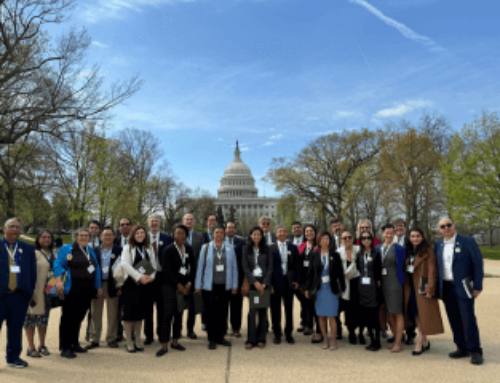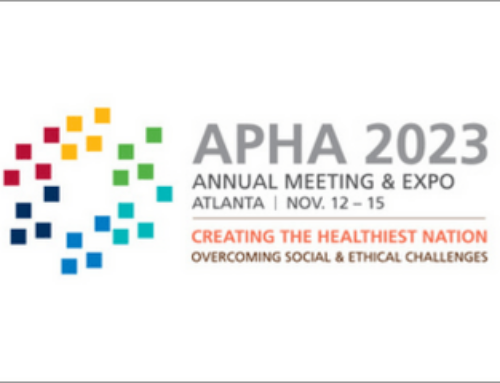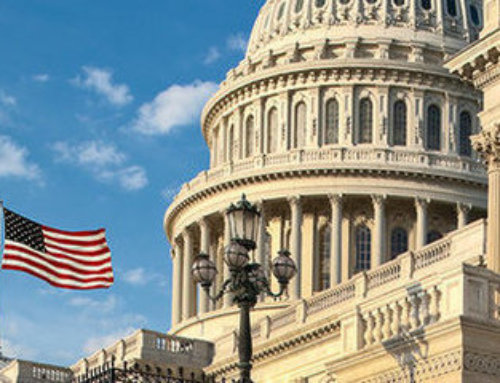Earlier this week, the National Highway Traffic Safety Administration (NHTSA) announced a request for comments on its newly published guideline addressing Distracted and Drowsy Driving. The guideline describes criteria that will enable each state to include a distracted and drowsy driving component as part of its comprehensive highway safety program. This component should promote safe driving practices and educates drivers as to the serious consequences of driving distracted or drowsy.
According to the notice, NHTSA periodically issues new guidelines to provide states more accurate, current and effective guidance. NHTSA guidelines also help state highway offices to apply for a 402 grant, which helps them to implement recommendations to improve driver behavior and reduce deaths and injuries from motor vehicle crashes.
In addition, the guideline provides a framework for developing a balanced highway safety program and serves as a benchmark by which states can assess the effectiveness of their own programs. NHTSA encourages states to use these guidelines and build upon them to optimize the effectiveness of highway safety programs conducted at the state and local levels.
The AASM Sleep and Transportation Safety Awareness Task Force will submit comments to NHTSA on the draft guideline. NHTSA is requesting stakeholders to submit comments by Sept. 22, 2016.








